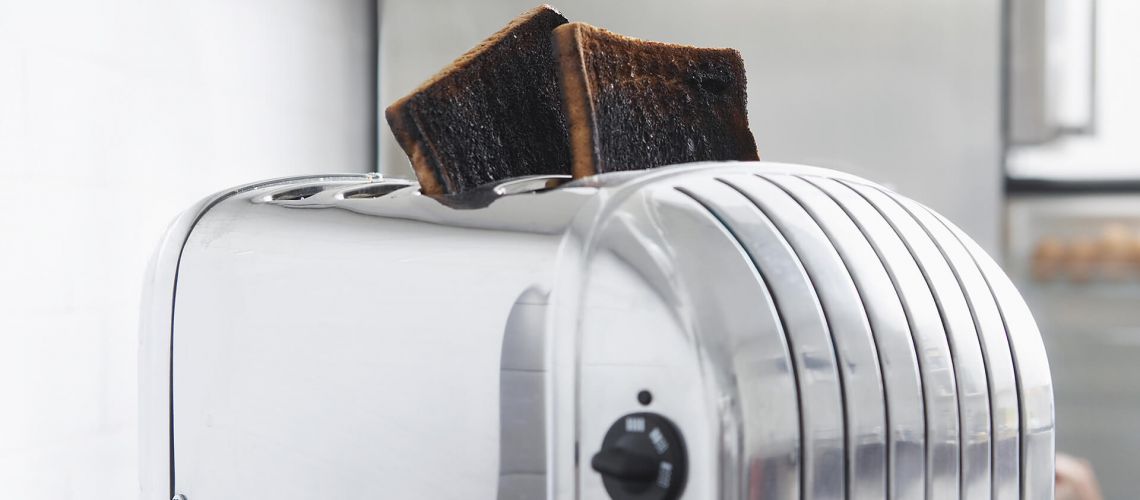We’d like to take this as an opportunity to spread awareness of a serious issue, to start a conversation that’s definitely worth having. We’re talking about WEEE recycling.
What is WEEE Recycling?
WEEE stands for waste electrical and electronic equipment. WEEE recycling is the process of safely disposing of this equipment whilst minimising the environmental impact.
If it’s not disposed of correctly, electrical goods can have an adverse effect on the environment.
This is mainly because electrical goods don’t tend to biodegrade. So if they’re simply thrown on a landfill, they could potentially spend decades – or even centuries – just sitting there. And carelessly-discarded electrical items can be supremely hazardous.
We’ve all read horror stories of children getting trapped in discarded fridges, but an abandoned computer also has the potential to do some damage to anyone hapless enough to stumble across them.
But discarded WEEE presents other potentially-much-more-serious problems too. Many electrical items contain batteries, which can discharge acid and other harmful substances when they corrode. If these substances should find their way into the water supply, then you might have an environmental catastrophe on your hands.
The Scale of the Problem
Yet regardless of the potential hazards of e-waste, WEEE recycling remains a vital issue simply because of the scale of the problem we’re facing.
A recent UNU report revealed that the amount of global e-waste is fast approaching crisis levels. The world created 41.8 million tonnes of e-waste in 2014 alone.
Less than one sixth of this waste was properly recycled or made available for reuse. And if nothing else, that represents a huge missed opportunity.
Among this waste were 16,500 kilotons of iron, 1,900 kilotons of copper, 300 tonnes of gold, and “significant amounts” of silver, aluminium, and palladium. All of these resources were potentially reusable, and the UNU estimates that around $52bn was squandered.
So What’s to Be Done?
When disposing of your electrical goods, don’t just send them to the tip.
Many companies offer a specialist WEEE disposal service. Get in touch and you’ll be provided with specialist containers and collection services – everything you need to ensure that your used electrical goods are disposed of safely and efficiently.
But really, you should only resort to these services if your old electrical equipment is no longer in good working order. If your old stuff is still functioning, then it’ll still be of use to someone out there.
There are a few things you can do to find someone in need of your old electrical goods:
1. Donate them to a charity shop: The British Heart Foundation specialises in old furniture and electricals, and they even offer a collection service.
2. List them online – Use eBay if you think your old electricals are worth something. But if you’re feeling charitable, or if you’re simply keen to declutter as soon as possible, use a service like Freecycle.
3. Ask around – You’ve got friends, family, and work colleagues. Chances are that one of them needs exactly the thing you’re getting rid of. And if they don’t need it, then they’re bound to know somebody who does.
4. Sell it yourself – Look for car boot sales in your local area.
Other Ways to Dispose of Your Old Sewing Machine
Never mind recycling – have you heard of upcycling?
Here’s a list of 60 ideas for upcycling old sewing machines, or take a look at this Pinterest board, containing over 300 examples of upcycled sewing machines.
True, most of these examples involve antique sewing machines as opposed to the more compact contemporary electrical devices. But antique or not, upcycling serves to reduce waste, and a creative project like this is perfectly keeping with the spirit of recycling electrical equipment.

